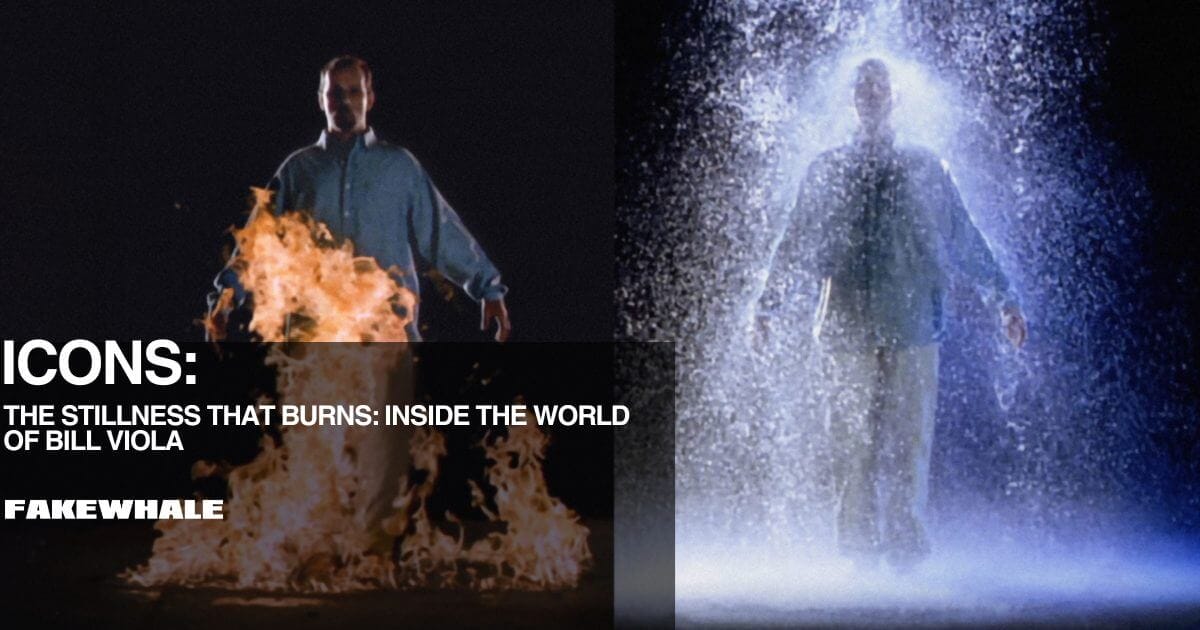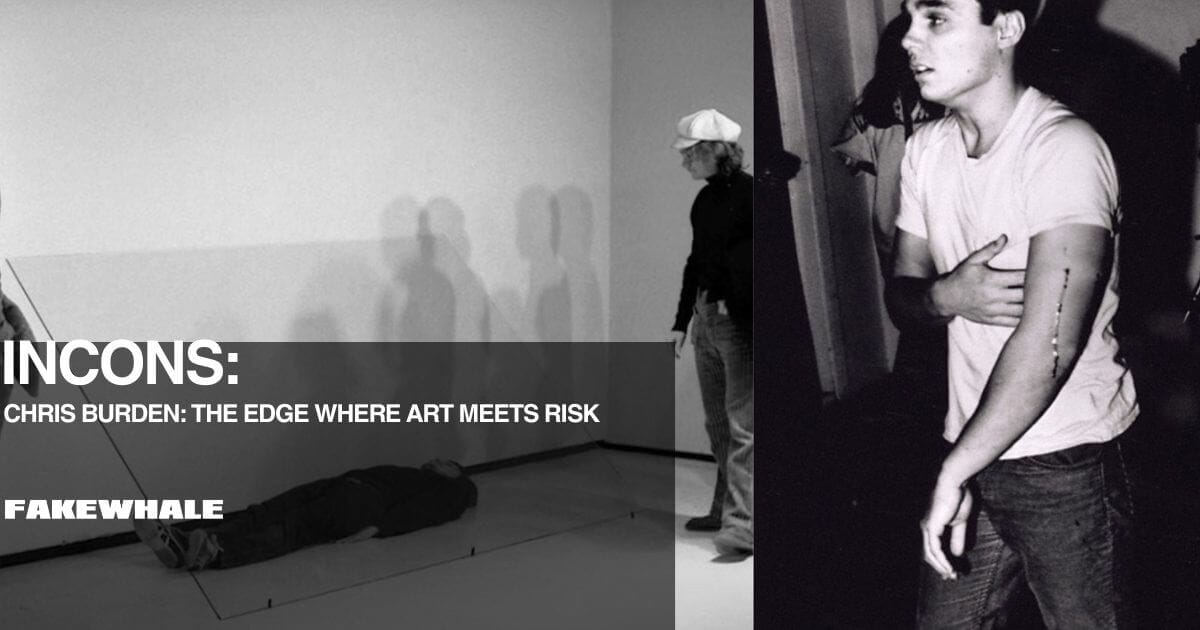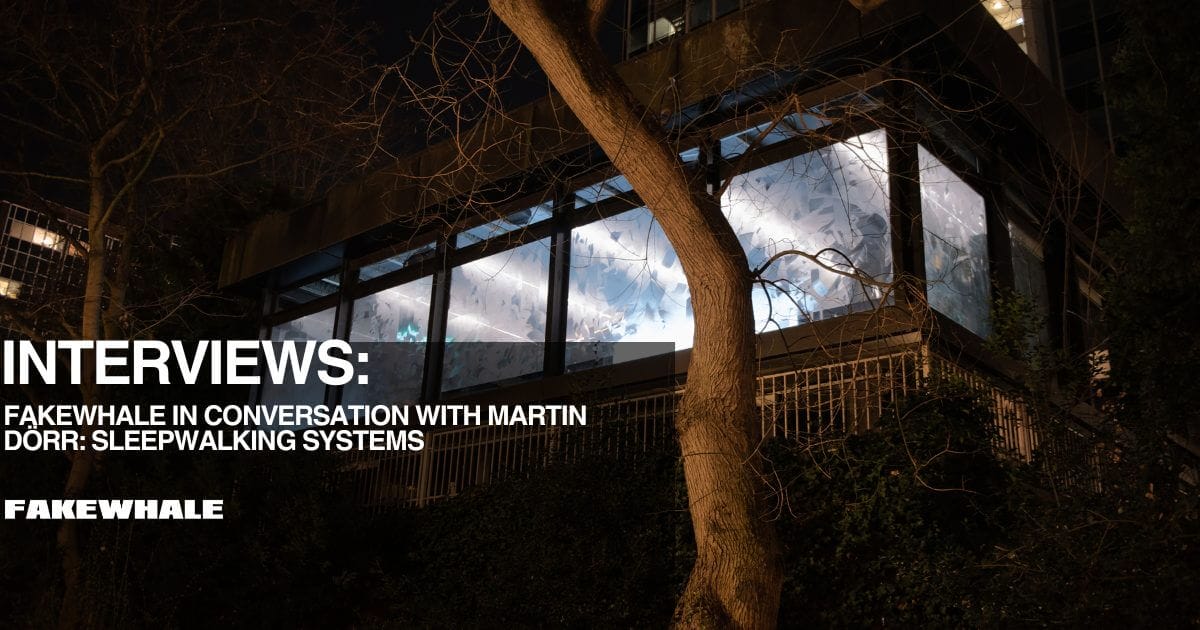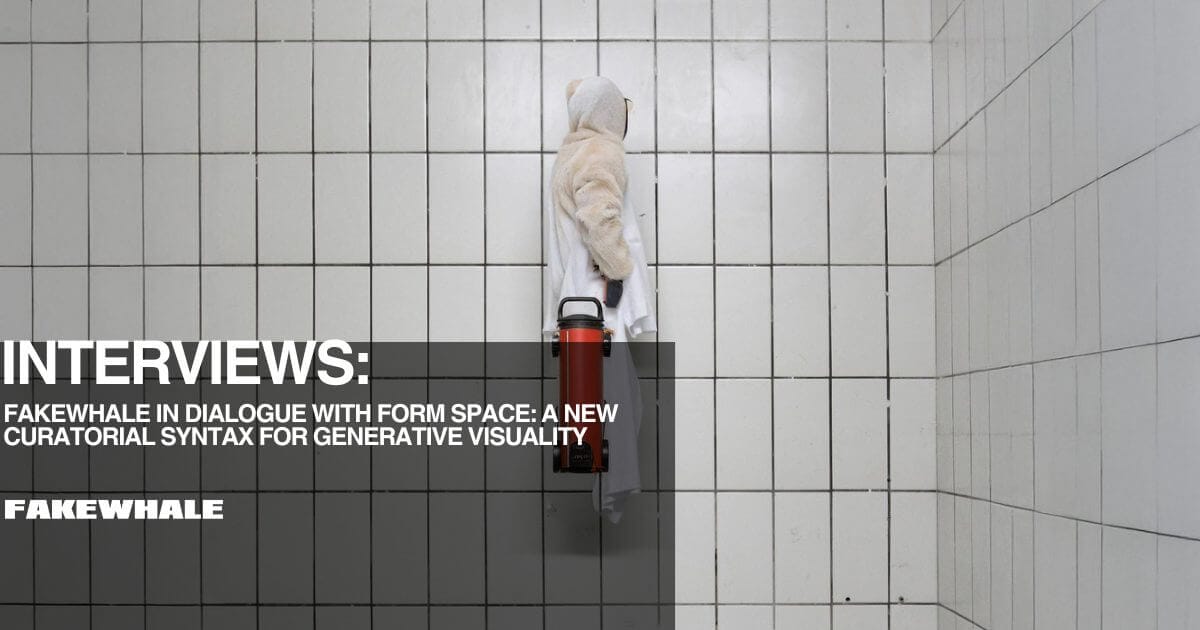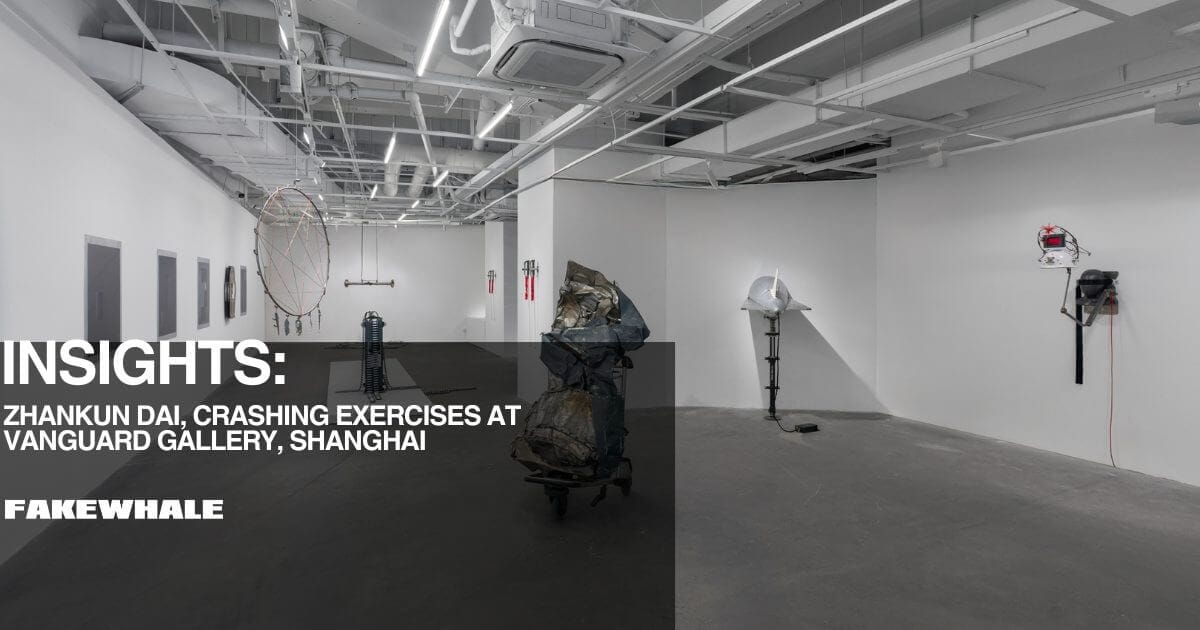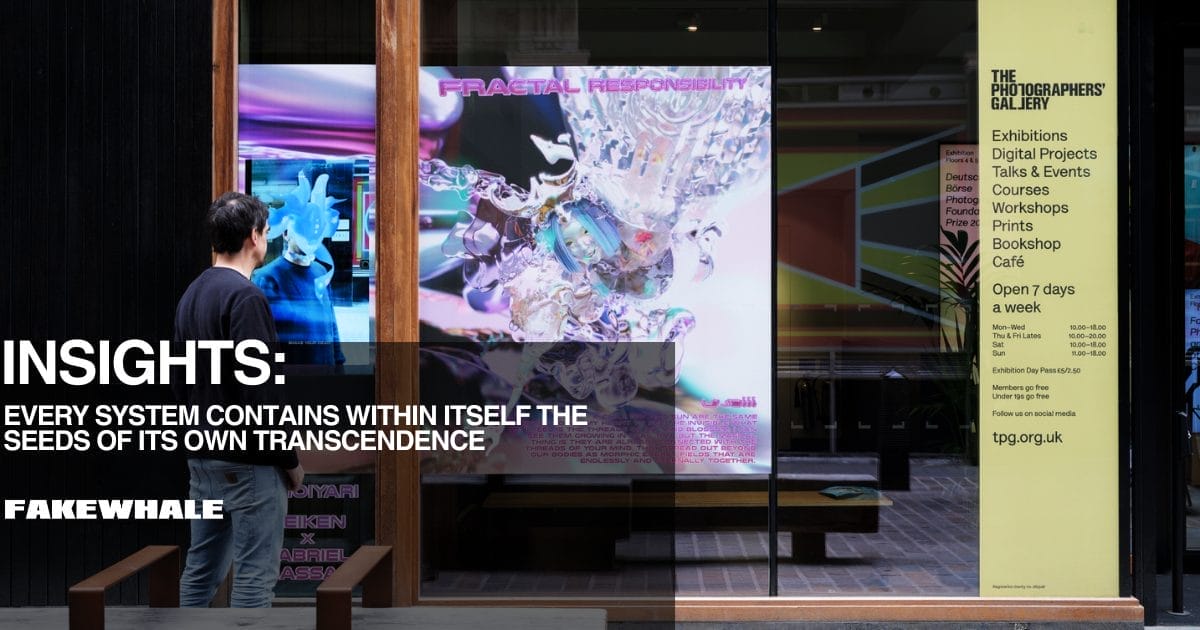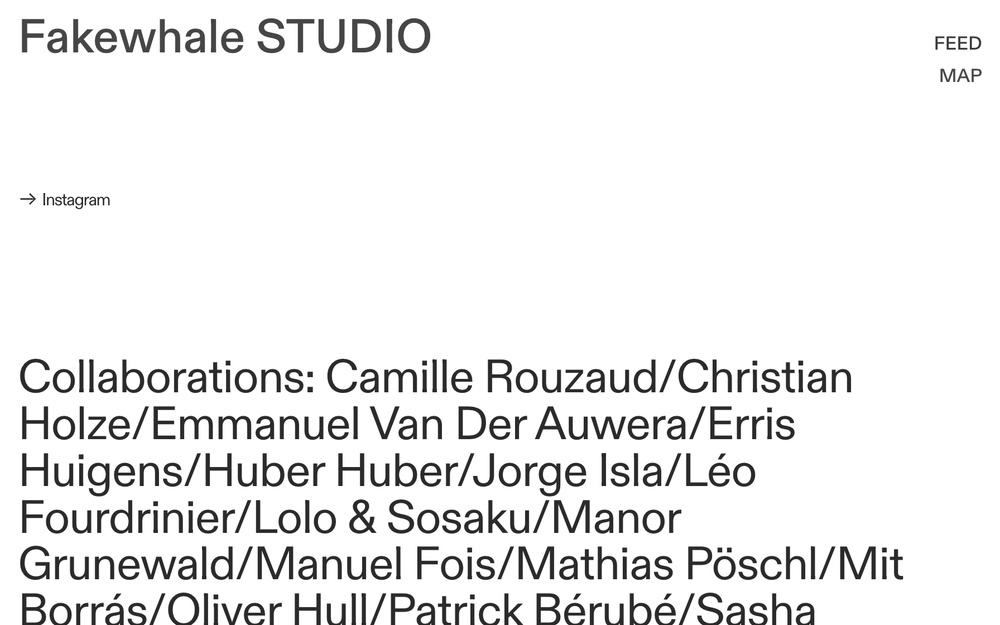
Dirk Skreber, Untitled (Crash 2)
“Fantasies must never be realistic, because the moment we get what we desire, we no longer want it. We can’t want it anymore. In order to continue to exist, desire needs its objects to remain eternally absent. It’s not the thing itself we want, but the fantasy of that thing. Desire, then, fuels only utopian fantasies. This is what Pascal means when he says that we are truly happy only when we dream, eyes wide open, of future happiness. It’s the meaning behind sayings like, “the chase is better than the catch,” or, “be careful what you wish for”, not because you might get it, but because once you do, you’re doomed to no longer want it. Lacan’s teaching, therefore, is that living according to desire will never make you happy. To be fully human, we must strive to live according to our ideas and ideals. Not by measuring life based on how much of what we wanted we have achieved, but through the small moments of integrity, compassion, rationality, and sometimes even sacrifice. Because in the end, if we really want to measure the meaning of our lives, we must learn to give value to the lives of others.”
-The Life of David Gale (2003), directed by Alan Parker
ICONS/ The Stillness That Burns: Inside the World of Bill Viola

Bill Viola – The Crossing, 1996, two-channel color video installation, four channels of sound, 10 min 57 sec, performer: Phil Esposito
Lately we’ve found ourselves drawn to the spaces where time resists compression, where video art moves beyond the screen and into something slower, deeper, almost liturgical. In exploring this terrain, we’re less interested in spectacle than in suspension, in works that don’t impose themselves but unfold quietly over time.
There’s a particular kind of power in images that delay resolution, images that ask us not just to look but to stay. In these gestures, we recognize a different relationship with technology, one where the digital becomes a medium for presence, for memory, for transformation.
As we continue to explore the thresholds between body, image, and perception, we return to the idea that video art at its most essential can still serve as a mirror for the inner self, and a vessel for the invisible. It is within this context that we feel compelled to retrace the path of one of the most emblematic figures in this field, an artist who has turned video into a language of contemplation, ritual, and revelation: Bill Viola.

Bill Viola. The Raft 3. Mayo 2004. Video/sound installation. Foto: Kira Perov. ©Bill Viola.
Behind every major artist stands a quiet architecture of relationships, and in Bill Viola’s case, no figure is more essential than Kira Perov. More than a lifelong partner, Perov has been his closest collaborator, editor, producer, and the organizing force behind much of his practice. Their partnership, both personal and professional, has endured for over four decades, shaping the very texture of Viola’s work. Together, they have constructed an oeuvre that is at once technically precise and spiritually expansive, balancing Viola’s visionary instincts with Perov’s editorial clarity and organizational rigor.
Throughout his career, Viola has cultivated a practice that resists the isolating myth of the solitary artist. His works often involve teams of camera operators, lighting designers, and sound engineers, but always in service of a singular vision, one that fuses intimate emotion with formal control. The studio, for Viola, becomes a kind of sacred space: part laboratory, part monastery, where technology is wielded with reverence rather than spectacle. (…)
CONTINUE READING ↓
INTERVIEWS/ Gods, Games, and Ghosts: Giuseppe Moscatello and Linda Shen In Dialogue with Lu Yang
In today’s art scene, technology has become increasingly central, with many artists, curators, and institutions paying close attention to new technological approaches. However, only a few artists engage with these media deeply and authentically. Among them is Lu Yang, one of contemporary art’s most radical and visionary voices. Lu Yang’s practice spans a diverse range of fields, including digital animation, gaming, music, neuroscience, religious symbolism, and identity theory. Her work occupies a distinctly innovative position at the intersection of techno-futurism and metaphysical inquiry.
Lu Yang has achieved international acclaim for constructing immersive digital realms where genderless avatars, reincarnation loops, and techno-deities consistently blur boundaries between the human and the non-human, the sacred and the synthetic, reality and illusion. (…)

Lu Yang, DOKU The Flow, 2024, HD Video, 50min 15 sec
Giuseppe Moscatello and Linda Shen: Your work fuses elements of Eastern religions, Buddhism, Hinduism, Daoism, with anime, gaming, and techno music. How do you navigate the line between reverence, reinterpretation, and playful remixing?
Lu Yang: I’ve always been drawn to the structure behind perception, how we assign meaning to images, rituals, or symbols. Whether it’s sacred iconography or pop cultural tropes, I see them as surfaces through which consciousness projects and plays. Rather than drawing rigid lines between reverence and remix, I treat these materials as part of a vast visual language. By recontextualizing them in playful ways, I aim to reveal how meaning is constructed, and sometimes destabilized, within us.
DOKU, your genderless digital avatar, appears in many of your recent works. What does this figure represent to you personally and conceptually? Do you see DOKU evolving in future iterations, perhaps beyond your own authorship?
DOKU is both a projection and a threshold, an entity that exists in between definitions. Without a fixed gender, body, or backstory, it embodies a kind of “intermediate state.” Personally, DOKU reflects parts of my experience and thought, yet it’s designed to keep evolving. I see it as an open container for shifting consciousness, one that, ideally, could continue beyond me, shaped by others, or even self-generating in unexpected ways. It’s a vessel for intention, not identity.
CONTINUE READING ↓
ICONS/ Chris Burden: The Edge Where Art Meets Risk
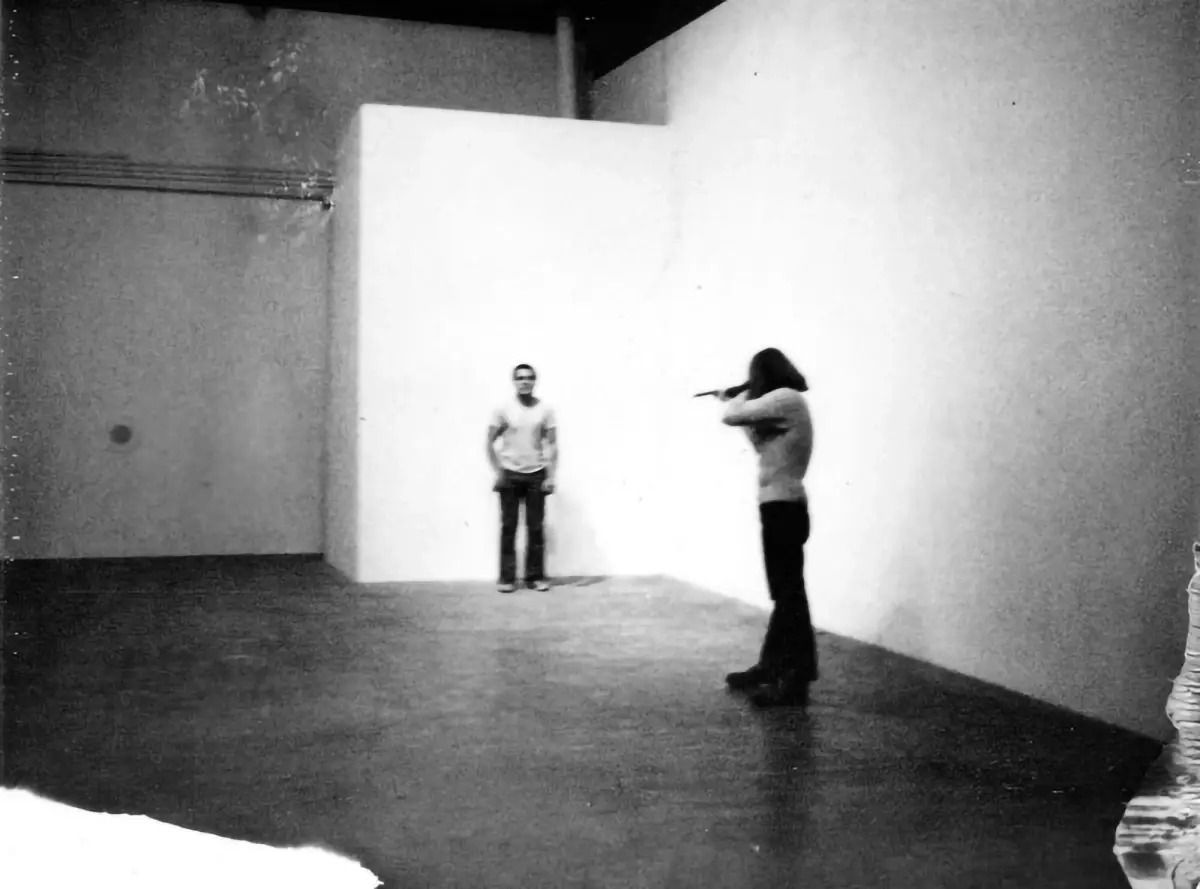
Shoot, November 19, 1971 #9; Courtesy of Chris Burden Studio and Gagosian Gallery. ©Chris Burden Studio.
Some artists work within the frame. Others break it.
Chris Burden made it dangerous to even stand near it.
In a time when art flirted with theory and dematerialization, Burden introduced something else entirely: consequence. His work didn’t ask to be interpreted, it forced you to respond. First with the body, later through systems and machines, Burden constructed situations where control was fragile and meaning couldn’t be separated from risk.
There was no illusion. No metaphor. Just action, exposure, and the strange intimacy of witnessing something real, too real.
This is not a retrospective out of nostalgia. It’s a return to the fault line where art stops being safe.And a reminder that some thresholds, once crossed, can’t be undone.(…)
CONTINUE READING ↓
EXPLORE THE LATESTS ARTICLES↓
INTERVIEWS/ Fakewhale in Conversation with Martin Dörr: Sleepwalking Systems

Martin Dörr, Flat Orbits (Maps*Mists*Making Predictions), 2020. – Two-axis GPS-based solar tracker (reconstruction from wood, weathered, stained, burnt, Arduino board, lineardrives), aluminium, plastic net, locally collected particles, Companion App Inhabit, 2025. Installation view. Photo: Fenja Cambeis.
We have been closely following Martin Dörr’s interdisciplinary practice, which weaves together installation, media art, and systemic thinking into complex, original constellations. His work, often engaging with non-human agents and speculative infrastructures, challenges traditional narratives by constructing alternative systems of interaction. With his recent exhibition Body without Narrator, Dörr reimagines the act of sleep as a form of collective resistance. We at FakeWhale had the pleasure of speaking with him, exploring the deeper structures and processes that shape his artistic vision.
Fakewhale:Your practice often explores complex systems and collective structures. In today’s landscape, what transformative potential do you see in interactions between human, non-human, and digital agents?
Martin Dörr: No entity exists in isolation; we live within interdependent systems. I am interested in this entanglement and explore it through experimental setups in which agency is distributed across hybrid constellations rather than centred on the human subject. This redistribution of agency has the potential to rewire our sense of togetherness, especially at a time marked by fragmentation, isolation, and the exhaustion of both the individual and the planetary.
Collaborating with non-human and digital agents that act alongside, with, or even independently of us carries poetic and political charge. Letting go of control is the most uncertain gesture, but it could also be one of the most transformative. This process forces us to reconsider not only what agency is, but also who or what can hold it and how they navigate toward other possible worlds.
CONTINUE READING ↓
INTERVIEWS/ Fakewhale in Dialogue with FORM Space: A New Curatorial Syntax for Generative Visuality
In today’s hyper-documented landscape of contemporary art, where photography and video often risk flattening or “cooling down” the experience of the work, a radical curatorial project has emerged that reconfigures this relationship entirely. In their projects, documentation is not treated as a separate or secondary layer, but as a fundamental and inseparable component of the artwork, woven into both the artistic process and the viewer’s experience, especially in digital environments. Often performative, process-based, and shaped by emerging technologies such as artificial intelligence, this approach rethinks how art is made visible and experienced, particularly online.
Fakewhale had the opportunity to speak with FORM Space, a curatorial project based in the Netherlands between Amsterdam and Wageningen, and the curators behind this pioneering platform, which challenges our current understanding of the dynamic relationship between the artwork and its trace, between presence and persistence in the digital realm.

installation view, Manor Grunewald, Re-painting Class / Cobalt Blue, 22.01.24-22.02.24, courtesy by the artist and FORM, 2024
In your preparatory texts, you reference “suspended” spaces, between reality and fiction, such as exhibitions without audiences, underground venues, and moving rooms. How important is the exhibition context in shaping documentation? And how does AI intervene in those contexts?
For us, the exhibition context isn’t a neutral backdrop, it’s the script. It shapes what is seen, how, and under what conditions. Documenting a work outside of that context is like quoting a single line from a conversation: it loses meaning and rhythm.
Although we often work with destabilized or ambiguous environments, our projects are firmly grounded in physical reality. Independent spaces such as Sunset, and others, have chosen to collaborate with us because they see documentation not as an add-on, but as a curatorial method. They don’t just host shows, they support a structural way of thinking, offering their venues as active frameworks for exploring the temporal and material logic of visibility.
We use empty venues, audience-less exhibitions, or mobile rooms not for effect, but as both visual metaphors and functional tools. Ambiguity, for us, reveals more than it hides. AI operates within these contexts as an agent of instability: shifting perspectives, blending environments, collapsing spatial hierarchies. It makes visible what’s absent, or questions what appears stable.
In this way, context becomes choreography, and documentation turns into a spatial performance. We’re not reproducing what a show “was”, we’re staging what it could be.
CONTINUE READING ↓
EXPLORE THE LATESTS ARTICLES↓
That wraps this week’s issue of the Fakewhale Newsletter, be sure to check in for the next one for more insights into the Fakewhale ecosystem!
